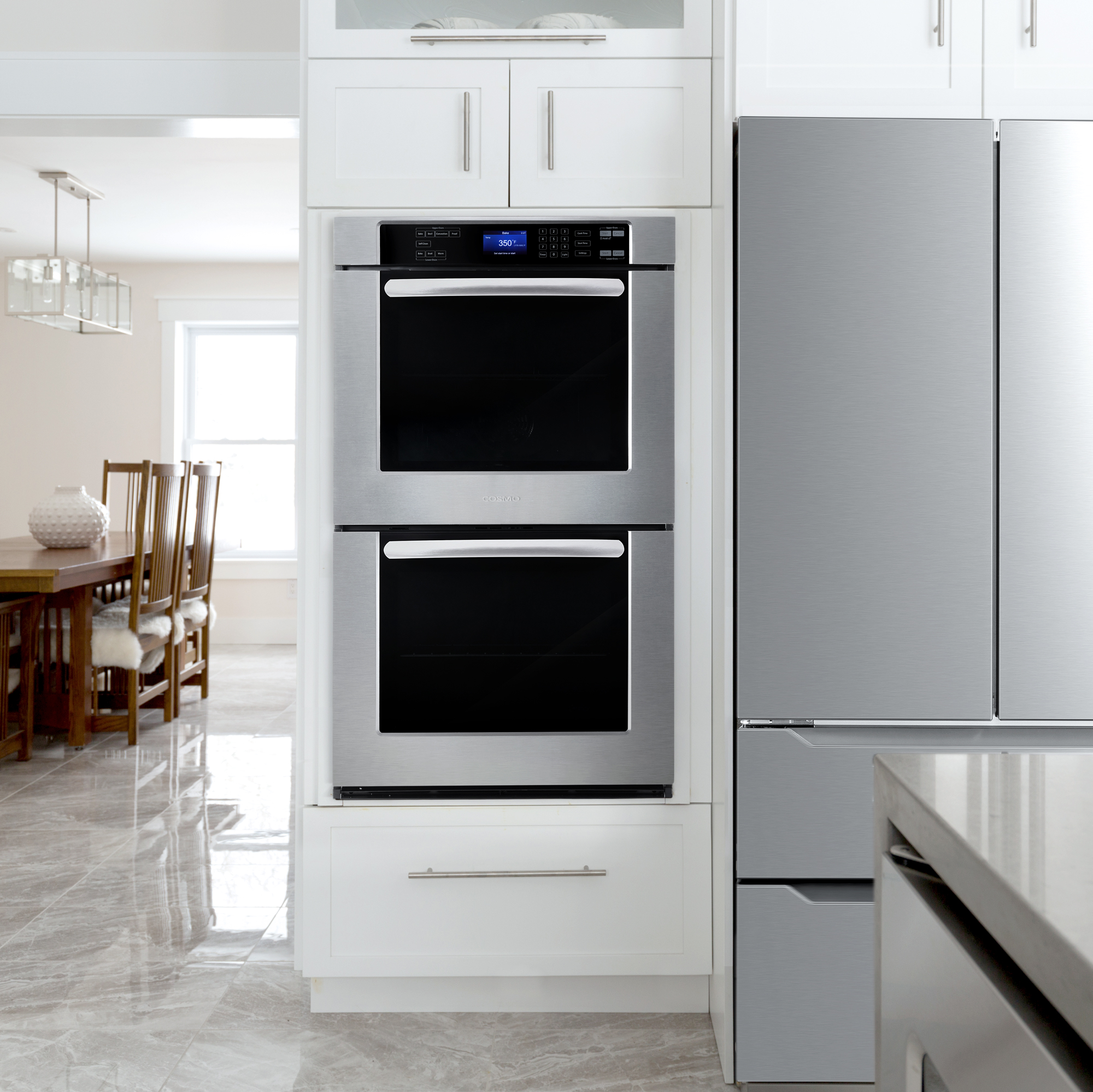The Different Types of Ovens You Should Know About Before Buying
There are many terms regarding ovens you may be unfamiliar with, such as convection, conventional, or True European convection. These are the different ways an oven heats food as it bakes. Looking for all the info you need before making your next purchase? We’ve got you covered.
Conventional. A conventional oven typically has two heating elements inside–one at the bottom and one at the top. The bottom element usually is the main source of heat, while the top element is reserved for broiling. The heat inside a conventional oven rises to the top as it bakes. This results in uneven cooking. For instance, cookies you bake in a conventional oven can come out half-burnt and half-blonde due to the various hot and cold spots inside.
Convection. A convection oven includes an extra element to provide a solution to the conventional oven. A fan system located at the back of the oven creates a flow of air inside the oven to get rid of any uneven hot spots. This provides more even cooking while removing any excess moisture in foods. A convection oven will bake foods faster which is important to note in recipe instructions. While convection ovens may seem like an easy pick, it’s not suited for foods that are naturally light or airy, since they can be disturbed by the fan.
True European Convection. The third oven type are True European Convection ovens. These ovens differ from standard convection in that the fan has an additional third heating element. Instead of just moving air inside the oven, the fan will provide heated air. This will distribute heat more efficiently and evenly than standard convection. A True European oven fan won’t just push around cold air inside since it’s also providing heat. This will in turn reduce the need for cooking time and temperature furthermore than standard convection. This is important to note in your recipes to prevent overcooking.
Are you looking to upgrade your oven? Check out our product line here.
Sources: Reviewed

